Yellow lid Recycling Wheelie Bin

Rockhampton Regional Waste and Recycling provides fortnightly collection of recycling bins (yellow lid) for properties within declared collection areas, with your property scheduled as either Week 1 or Week 2.
To find out your yellow lid recycling bin collection day and scheduled week, use our handy ‘search your bin day’ tool.
You can also use the Recycling Bin Fortnightly Service Calendar as a helpful reminder.
Did you know in Rockhampton Regional Council we collect approximately 4,300 tonnes of recyclables from household yellow-lid bins each year?
By recycling, we increase resource recovery, help build a local circular economy and reduce valuable resources going to landfill.
Let's get your household recycling sorted!
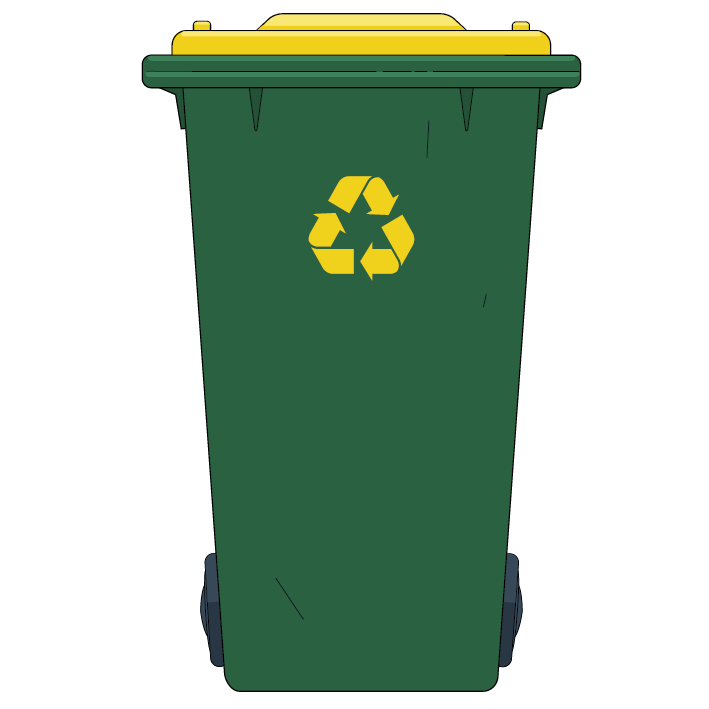 |
Knowing what items can go in your yellow-lid bin will help make sure we’re recycling as much as we can and recycling correctly.
Keep recyclables loose and clean, to keep them going around. Sorting your recycling is now easier than ever with Recycle Mate - your local recycling guide!
|
Put these household items in your yellow lid bin:
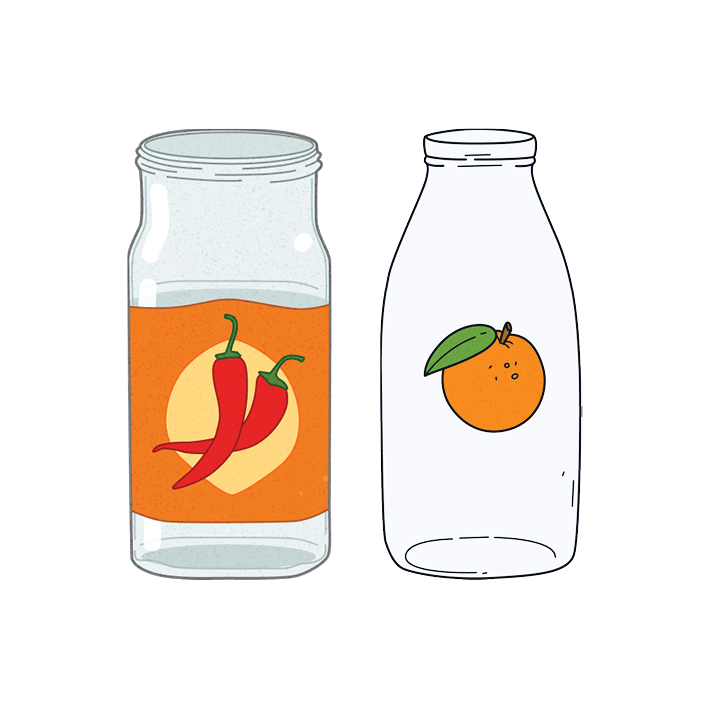 |
|
|
Glass bottles and jars
sauce bottles, jam jars, oil and vinegar bottles, juice bottles, alcohol bottles
|
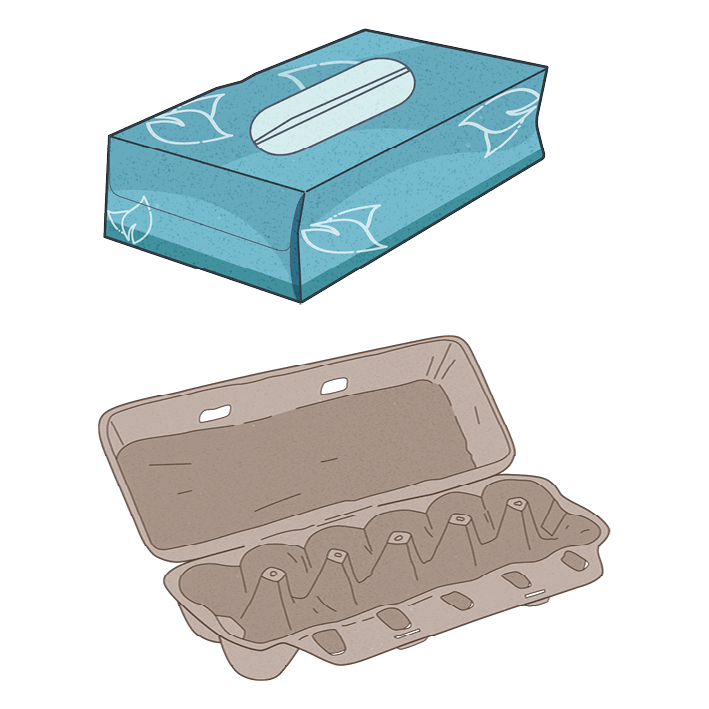 |
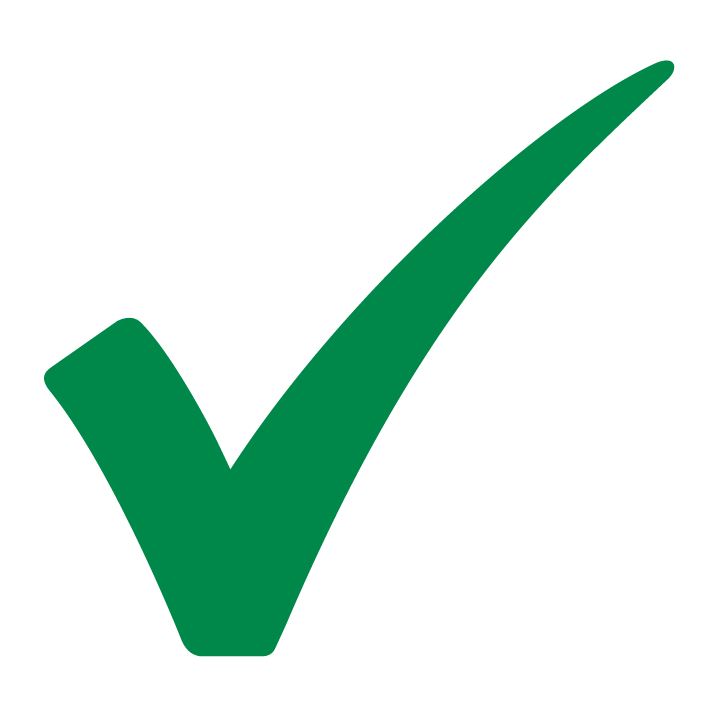 |
|
Paper and cardboard
pizza boxes (free of food waste), glossy magazines, brochures and catalogues, wrapping paper (no glitter), toilet rolls, cereal boxes, egg cartons
|
 |
 |
|
Steel tins
food tins, pet food tins, baby formula tins
|
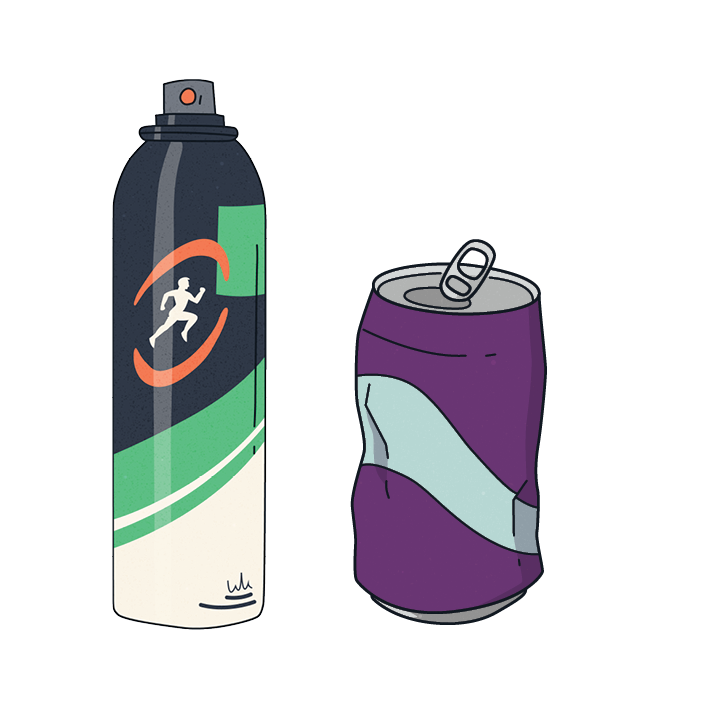 |
 |
|
Aluminium cans and aerosols
empty aerosol deodorant, aerosol hair spray, aerosol cooking spray, insect spray cans, foil (clean try/foil wrap scrunched in a ball), drink cans
|
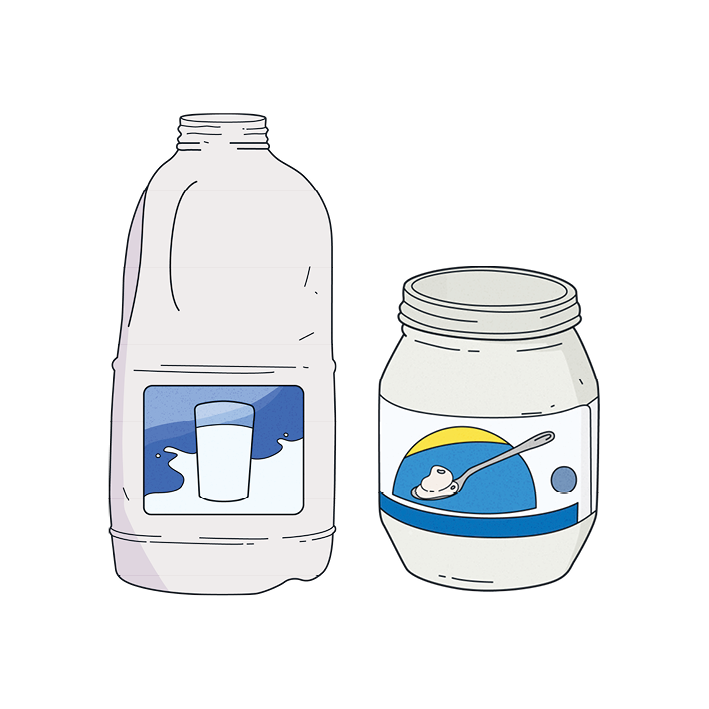 |
 |
|
Accepted plastic containers (numbered 1,2,4,5)
milk bottles, yoghurt and ice cream tubs, skin care and shampoo bottles, detergent and soap bottles, soft drink and juice bottles
|
Help your household recyclables get sorted at the Material Recovery Facility by placing them loose and clean into your yellow-lid recycling bin.
|
|
Keep lids off - Take lids off bottles, jars and containers
|
- Remove lids to ensure no food is remaining
- Lids made of different materials (like a metal lid on a glass jar) need to be removed and placed separately into your yellow lid bin
- Lids that are larger than the palm of your hand can be placed separately into your yellow lid bin
|
|
Keep it clean - Give your recyclable containers a rinse
|
- Rinse food containers before placing in your yellow lid bin
- Pizza boxes and other items need to have food scraps removed before they are placed in your yellow lid bin
|
|
Keep it loose - Don't bag your recyclables
|
- Place all accepted recyclable items loose in your yellow lid bin
|
|
Make sorting simple - Separate your recyclables into a different basket
|
- Set up your internal bins with signage to help sort your household recyclable items
- Check for plastic identification numbers 1,2,4 and 5 on plastic containers
- Note! Seeing a recycling symbol on an item does not mean that the item is accepted in your yellow lid recycling bin
Frequently Asked Questions
Where do my recyclable items go?
Your recyclables are collected and transported to a MRF (Material Recovery Facility) for sorting and preparation for on-sale to manufacturers to make new products.
Stay tuned! Watch the video to see how your household recyclables journey through the MRF - coming soon!
What do the recycling symbols on packaging mean?
There are lots of labels on packaging and understandably, this can present challenges in knowing how to correctly recycle or dispose of an item.
Below is a brief overview of the recycling symbol and what it means when you see recycling labels on your product packaging.
About the recycling symbol (Mobius Loop)
|
|
|
The mobius loop (commonly known as the recycling symbol) was created in 1970 in a design contest to launch Earth Day. Based on a triangular form of the mobius strip, the chasing arrows design has become the internationally recognised symbol for people's intent to keep natural resources circulating.
|
Note! Seeing a recycling symbol on a item does not guarantee that the item is accepted in your yellow lid recycling bin.
Plastics identification codes (or resin code)
The recycling symbol with a number in the middle is the plastics identification code. The plastics identification code communicates the type of plastic that the product is made of.
Note! Seeing a plastics identification code on a plastic item does not guarantee that the item is accepted in your yellow lid recycling bin.
In Rockhampton Regional Council, plastic products with the plastic identification codes 1, 2, 4 & 5 are accepted in yellow lid recycling bins. If you are unsure if your item is accepted in yellow lid bin search Recycle Mate on Council's website.
|
|
|
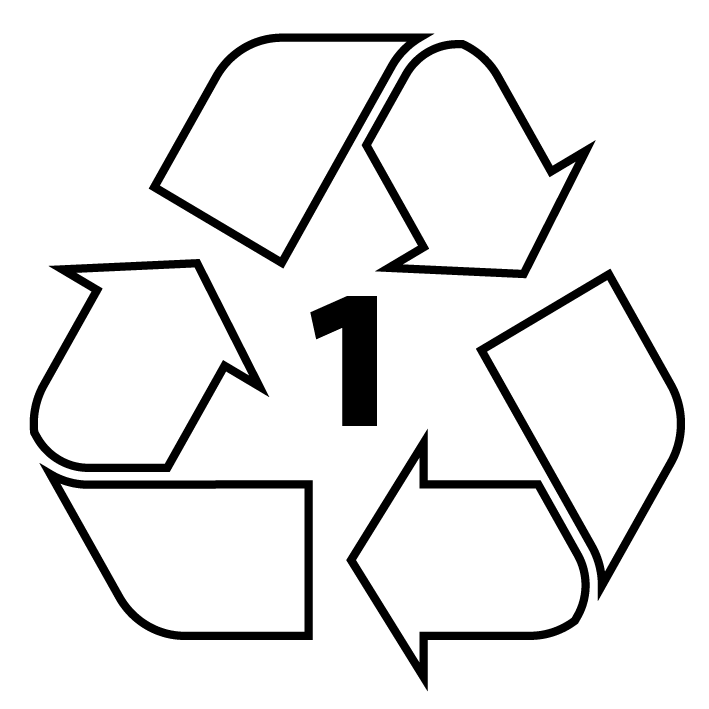 |
PETE (Polyethylene terephthalate) |
|
|
 |
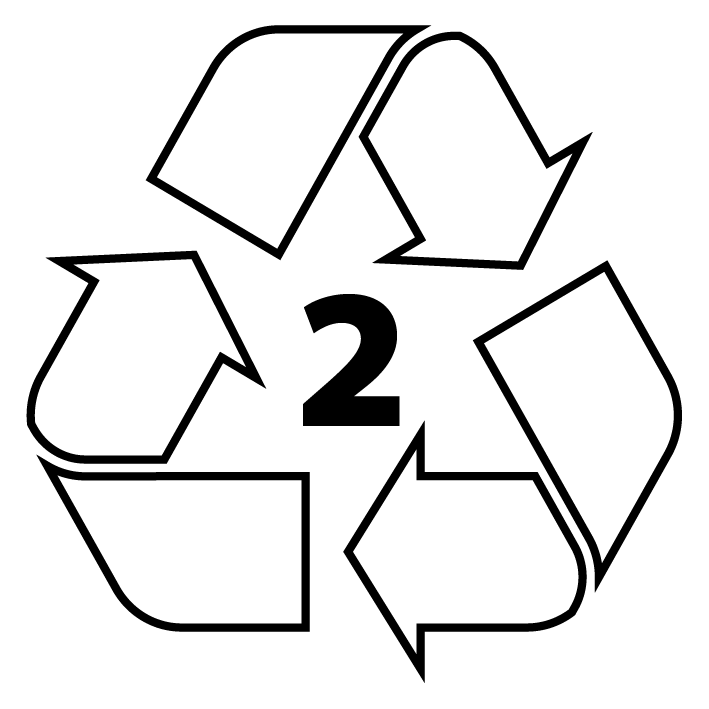 |
HDPE (High-density polyethylene) |
| |
|
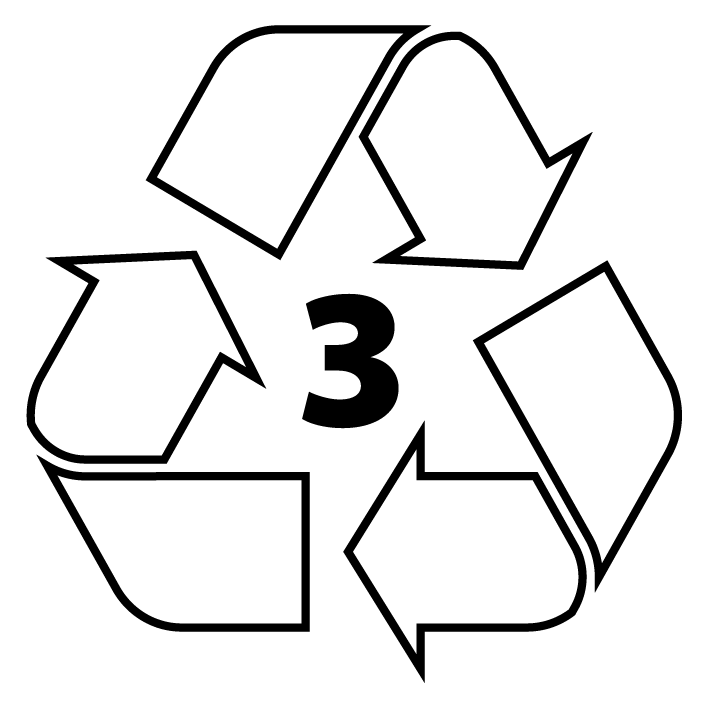 |
PVC (Polyvinyl chloride) |
|
|
 |
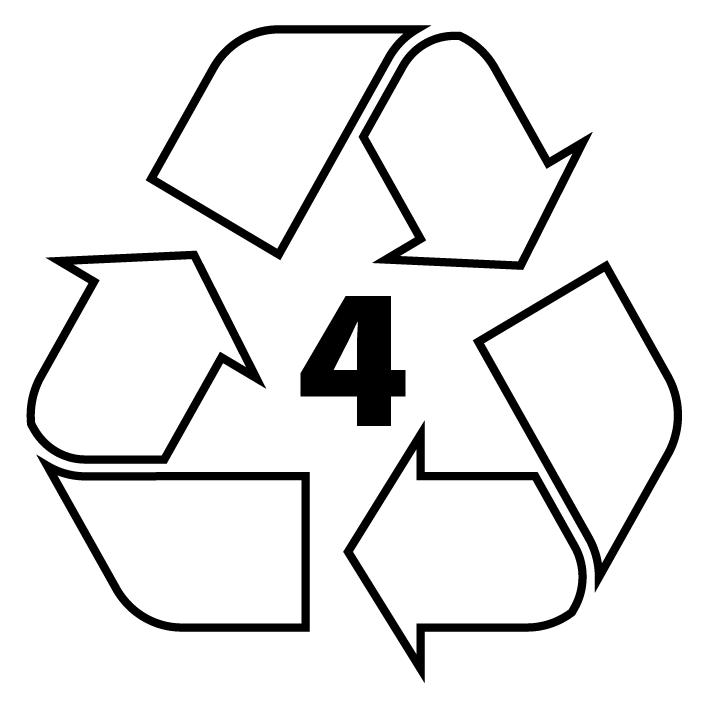 |
LDPE (Low-density polyethylene) |
|
|
 |
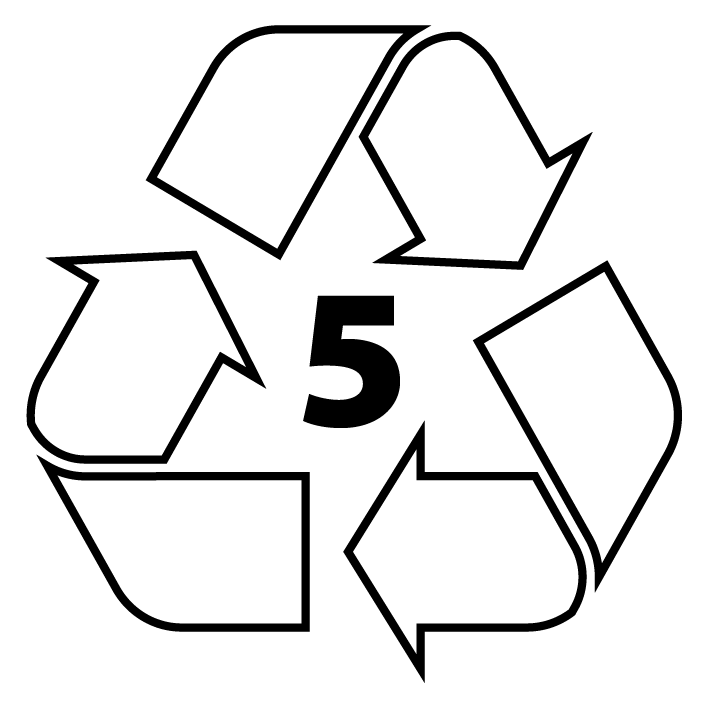 |
PP (Polyproylene) |
| |
|
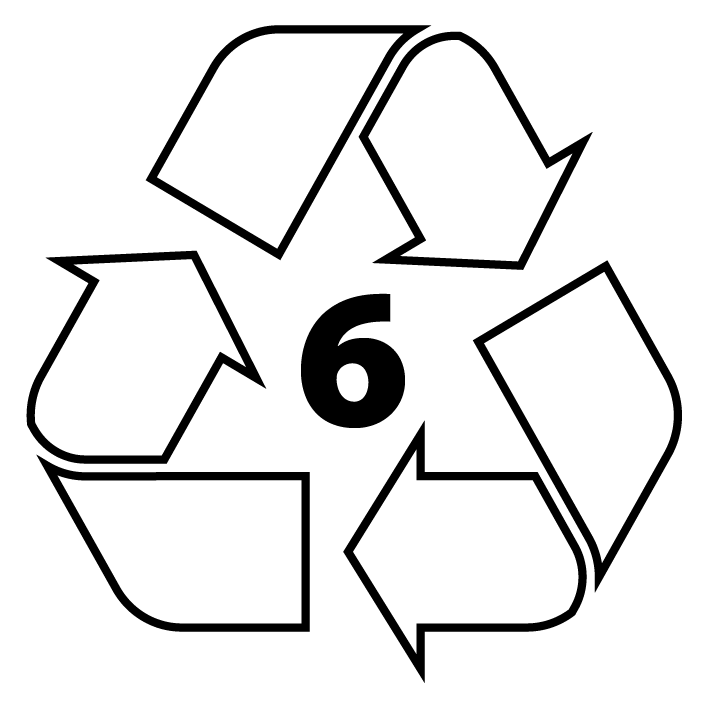 |
PS (Polystyrene) |
| |
|
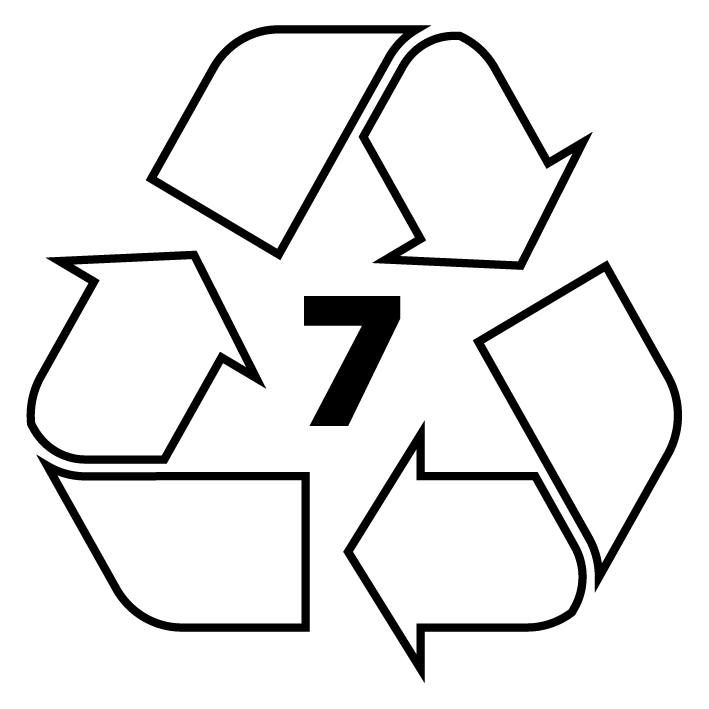 |
OTHER |
What do other packaging labels mean?
There are lots of labels on packaging and understandably, this can present challenges in knowing how to correctly recycle or dispose of an item.
If you are unsure, if your item is accepted in yellow lid bins, search Recycle Mate on Council's website.
Below is a brief overview of some labels you see on packaging in Australia.
Australasian Recycling Label (ARL)
Australian Packaging Covenant Organisation, Planet Ark and PREP Design work in partnership to deliver the Australasian Recycling Label Program. The Australasian Recycling Label aims to help consumers better understand how to recycle products effectively and assist brand owners to design packaging that is recyclable at end-of-life.
Note! Seeing an ARL on an item does not guarantee that the product is accepted in your yellow lid recycling bin.

Product contains recycled content
The recycled content of a product may be displayed, often near or under a recycling symbol. This is stating the percentage of recycled material used in the manufacturing of the product. There is a lot happening to reform packaging regulation and improve recycled content traceability. Find out more about recycled content in the Australian Packaging Covenant Organisation's Recycled Content Guide.
Containers for change - 10c mark
Containers that are eligible for Queensland's Containers for Change Program will have a 10c mark on their packaging label.
What is contamination?
Many items are recyclable but not all of them belong in your yellow lid recycling bin.
Contamination is a term used to describe any item that isn't supposed to be in your yellow lid bin. Contamination causes many issues for recycling including damaging machinery, reducing the quality and value of recyclable material, increasing processing costs, and risking the health and safety of staff. To assist Collection Truck Drivers to identify contaminated bins, kerbside bin collections are monitored by closed circuit cameras.
These items are NOT accepted in your yellow lid recycling bin:
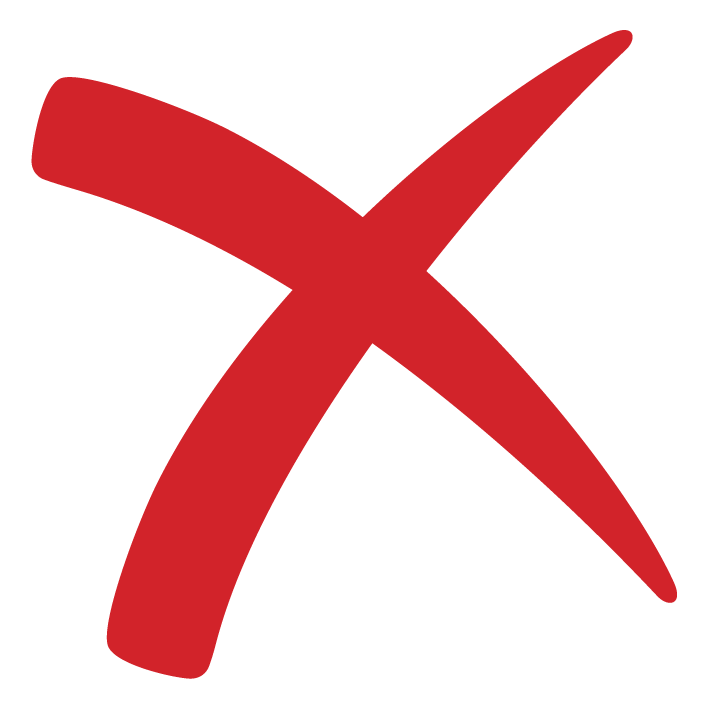 |
plastic containers with the recycling symbol numbered 3, 6 or 7 |
 |
plastic toys, soft plastic including plastic bags or plastic packaging |
 |
scrap metal, paint tins |
 |
batteries |
 |
aluminium saucepans, aluminium window |
 |
drinking glasses, glass cookware, lightbulbs, windows or mirrors |
 |
biodegradable cups and plates, tissues and paper towels |
Visit Recycle Mate to find an alternative location for recyclables, that don’t belong in your yellow lid bin.
Did you know? Council conducts annual kerbside bin audits to determine levels of contamination in yellow lid bins. Council's Resource Recovery Strategy sets a goal to reduce contamination in yellow lid bins from 22% (as at 2022) to 10% by 2040.
How long has the Rockhampton Region been recycling?
Did you know residential recycling here in the Rockhampton Region has been in place for just over 30 years?
Check out how recycling got started locally below!
- In 1992 the former Rockhampton City Council commenced a recycling collection service via a two-bag system for households and businesses who chose to participate.
- In 2003 the bag recycling collection service expanded to include Gracemere.
- In 2008 the recycling service was upgraded to a 240L yellow lid wheelie bin and rolled out to all properties within declared collection areas.
- In 2010 the recycling service expanded to include all properties within declared collection areas within the Rockhampton Regional Council area – which at that time also included Livingstone Shire, Fitzroy Shire and Mount Morgan Shire due to amalgamation.
- Since de-amalgamation in 2014, the kerbside recycling service has been provided to a growing population across the Rockhampton Regional Council area - currently totalling 33,483 households and 2,534 businesses.
- In 2018 the Queensland Government introduced the Containers for Change scheme which allows people to receive a 10 cent refund for each eligible container returned to a refund point.
- As at 2024, approximately 4,300 tonnes of recyclable materials are collected via yellow lid recycling bins each year.
Over these years, the recycling industry has evolved significantly.
- How your recyclables have been collected changed (from bag system to bins),
- Where your recyclables go to be processed changed (depending on Material Recovery Facility (MRF) contract),
- What raw materials products are being made from continues to change (influenced by global markets and consumer expectations for sustainable packaging and recycled content), and
- How products are designed and manufactured continues to change (in line with regulatory requirements and standards).
These factors will continue to influence what is eligible to be recycled in your kerbside recycling collection. Keep up to date with what is accepted in your yellow lid recycling bin and knowing how to get your household recycling sorted.
Why is recycling important?
Recycling helps reduce the amount of waste that ends up in landfill which is good for the environment and your community. It also creates jobs and contributes to economic growth.
Did you know in Rockhampton Regional Council we collect 4,300 tonnes of recyclables from household yellow-lid bins each year?
By recycling, we increase resource recovery, help build a local circular economy and reduce valuable resources going to landfill.
As consumers, we can also influence product manufacturers to change from using low quality materials by choosing items in less packaging, choosing packaging that can be recycled and choosing products made from recycled content.
Recycling remains a key, everyday action you can do to help reduce waste to landfill - the primary goal of Council's Resource Recovery Strategy.
How is the recycling industry evolving?
The recycling industry is dynamic and constantly evolving. It is impacted by many market sectors and is responsive to local, state, national and global influences and policy directions. The ability for a product to be recycled is directly linked to all steps of supply chains, from the design, manufacture, transport, sale, and initial use of products, through to the collection and sorting processes, transport, on sale, return into re-manufacturable form, and recycled into a new product, where the supply chain cycle starts again.
When developments, innovations or changes occur in the recycling industry supply chain, it can affect what items are accepted in your yellow lid recycling bin.
Plastics in particular have varying quality and associated monetary value. Some legislation is in place to regulate the sale of low-quality plastics such as the China Sword Policy (a 2018 ruling introduced by China to reduce the volume and contamination levels of recyclable materials in imports for reprocessing) plus industry guidelines for more sustainable packaging, which are in place in Australia but not mandated. This means there are now fewer end markets to sell lower quality plastics too.
This resulted in a change to what plastic items can be accepted in yellow lid recycling bins. From 2024, plastics eligible for recycling are only hard moulded food and beverage containers stamped with the recycling symbol and numbered 1, 2, 4 & 5. Plastic containers stamped with the recycling symbol and numbered 3, 6 or 7 are no longer accepted. In addition, plastic lids are to be removed from containers and bottles and placed in general waste bins. Unfortunately, plastic lids less than 5cm in diameter can no longer be collected inside a plastic bottle to be recycled.
Council ensures that any changes to what is accepted in yellow lid bins is reflected in our online recycling tool Recycle Mate.
How does the Containers for Change program work?
To help reduce litter and encourage community recycling efforts the Queensland Government introduced the Containers for Change scheme which allows people to receive a 10 cent refund for each eligible container returned to a refund point.
What containers are eligible for a refund?
- Most aluminium, glass, plastic, steel and liquid paperboard beverage containers between 150ml and 3 litres are eligible for a refund.
- Look for the refund mark; "10c refund at collection depot in participating state/ territory of purchase".
- Drink containers generally consumed only at home (eg. cordial, plain milk, condiments and cleaning) are excluded.
Visit Containers for Change website for frequently asked questions and to search for container refund points.